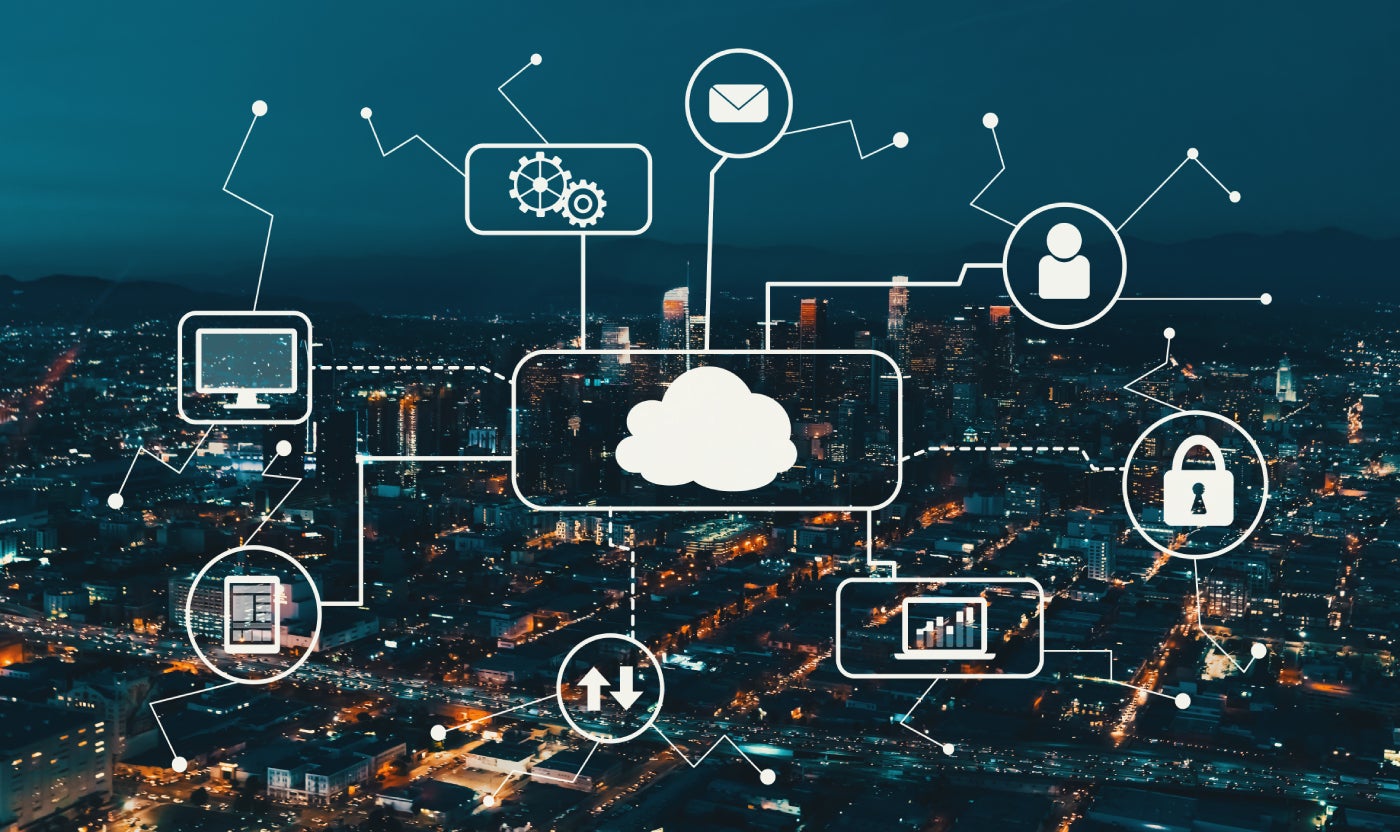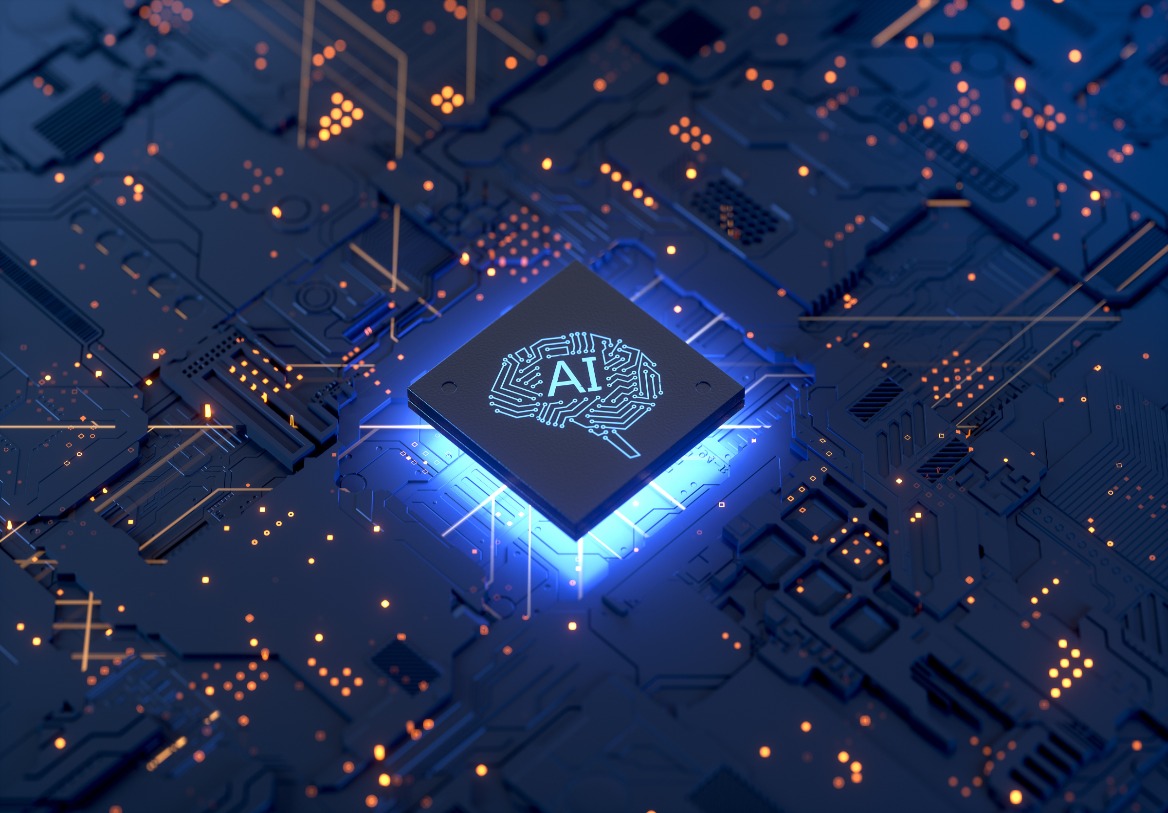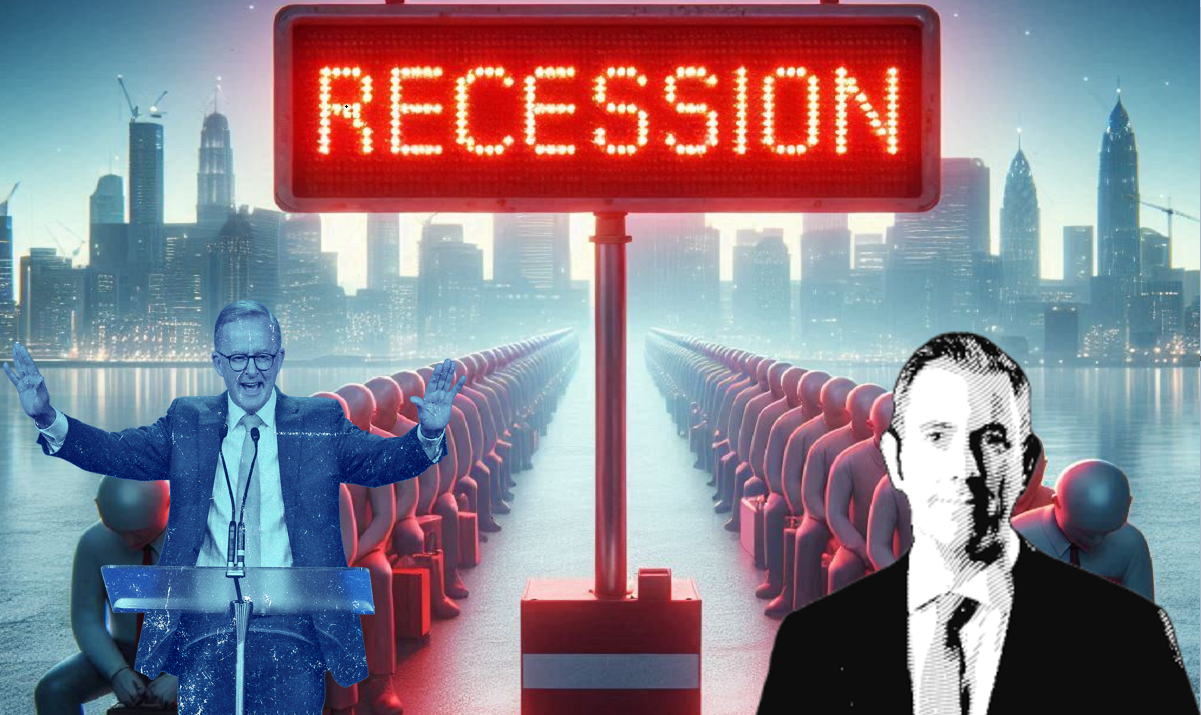The latest research predicts AI to create 200,000 jobs in Australia by 2030 leading to a productivity uplift and injecting billions of dollars into the economy.
The report was handed down by the Tech Council of Australia (TCA), backed by Microsoft, LinkedIn and Workday.
Building out the AI workforce is predicted to add billions to the Australian economy, with generative AI alone forecasted to bring in $115 billion with around 70 percent stemming from productivity gains.
As emerging technology such as generative AI continues to rise throughout all workplaces, demand for skilled workers in this space will naturally increase.
However, the findings showed there’s a risk of skills falling short without major reforms.
According to the report, to fulfil the goal of 200,000 AI workers by 2030 the workforce will need to grow 500 percent in over seven years.
A TCA spokesperson told Digital Nation, “Building knowledge and experience in AI can be part of an employee’s professional development and upskilling in the course of their career.
“This may come from on-the-job experience or formal learning opportunities.”
“As the research notes, many Australians (84 percent of knowledge workers) are already using AI in the course of their work and report that it saves them time.
“The report also recommends expanding and diversifying retraining pathways to support workers to develop skills in AI,” the spokesperson added.
Damian Kassabgi, CEO of TCA said “Artificial intelligence is one of the leading tech trends and it’s transforming how we work.
“We’ve seen enormous growth in Australia’s AI workforce in recent years, which will only increase with greater adoption of the technologies.
Kassabgi said growth “won’t be isolated to the tech sector or tech jobs.”
“In addition to roles that are responsible for developing, designing and maintaining AI systems, we will need people with skills in areas such as human resources, sales and governance to successfully scale these systems and businesses to harness the potential in front of us,” Kassabgi said.
Such AI job opportunities will mean employees need to meet rapid demand alongside a skills shift in roles.
Matt Tindale, managing director at LinkedIn Australia and New Zealand said, “The existing tech workforce is already straining to meet demand.
“But growing the number of AI development jobs could be achieved by offering alternative entry-level pathways, opportunities for mid-career retraining and upskilling in AI, and drawing on skilled migration, particularly for highly technical roles requiring experience,” Tindale said.
The report recommends diversifying training pathways plus better uptake in VET or short-course training could raise worker supply in cybersecurity, product and design roles.
Paul Leahy, regional sales director of public service at Workday said, “We need to prepare Australia’s workforce for the opportunities that the widespread adoption of AI presents and ensure we have the pipelines of AI-ready workers in place to meet the huge demand for AI jobs.”
“A comprehensive AI investment and capability plan for Australia is also essential to provide a clear path for regulation and governance, digital infrastructure and research and commercialisation and to capture the economic and productivity benefits of AI,” Leahy said.
Sarah Carney, chief technology officer at Microsoft Australia and New Zealand said, “Australians are already using AI-powered tools to help with tasks and are reporting that it saves them time and allows them to focus on more important work and be more creative.”
“But there is still massive growth to come, so we need to ensure we have the AI-skilled workers available to reap the economic and social benefits that the technology will bring as it becomes more widespread,” Carney concluded.






